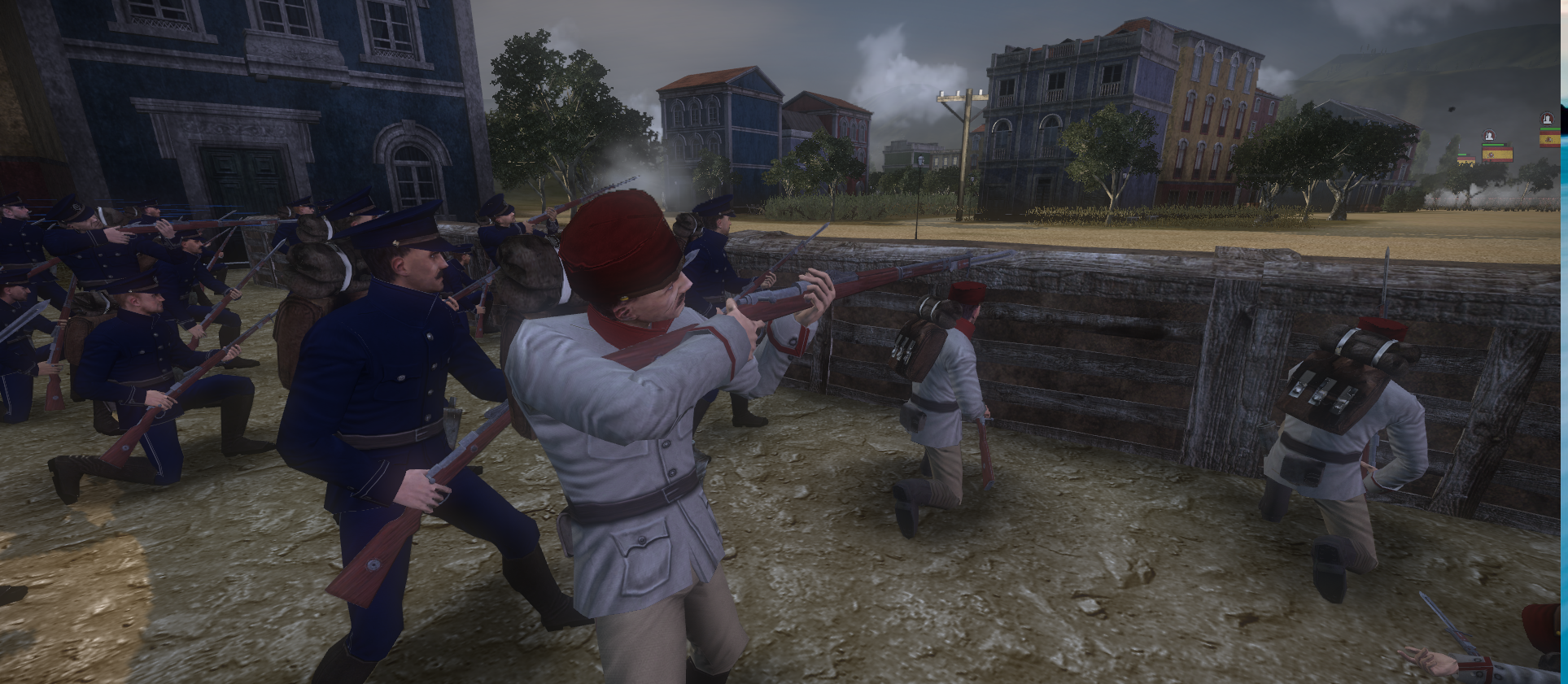


Another popular and overlooked edged weapon of the era was the knife. The sword’s shape itself resembled that of an ancient Roman gladius. Artillerymen (operating large weapons such as canon) for example carried a short sword used mainly for swiping at charging cavalrymen. While cavalrymen (men on horseback) carried sabers, other ranks were known to have utilized different edged weapons. As a testament to the chivalrous beginnings of the war, when Union cavalrymen began sharpening the edges of their sabers, Confederates who had learned of it apparently protested, claiming that using sharpened sabers did not fit within the rules of modern warfare.

Sabers themselves were used as thrusting weapons with the only sharp section being the tapered tip. The initial sabers were Dragoon style meaning they were heavy cavalry sabers which could be awkwardly weighted and extremely long, with some possessing blades up to a yard in length. A large part of the soldier ideal of the time included an edged weapon of some sort, usually a saber. The Civil War was initially romanticized by many young men. During the Civil War, North Carolina from Fort Fisher and Bentonville all the way to Bennett Place saw and experienced the impact of changing weapons technology.

The changes in military tactics, however, were not confined to land: new steam powered ships and submarines challenged the age old conventions of masted naval warfare (sailing ships). Due to new artillery and small arms weapons, the phalanx style of fighting (troops staying and moving together in formation) familiar in the Revolutionary War and the early part of the Civil War gradually gave way to the trench style warfare common in WWI. War is a driving force behind innovation and invention, and every change or advancement in weapons technology impacts the tactics and the style of warfare utilized at the time.


 0 kommentar(er)
0 kommentar(er)
